Roof Moss Removal Benefits
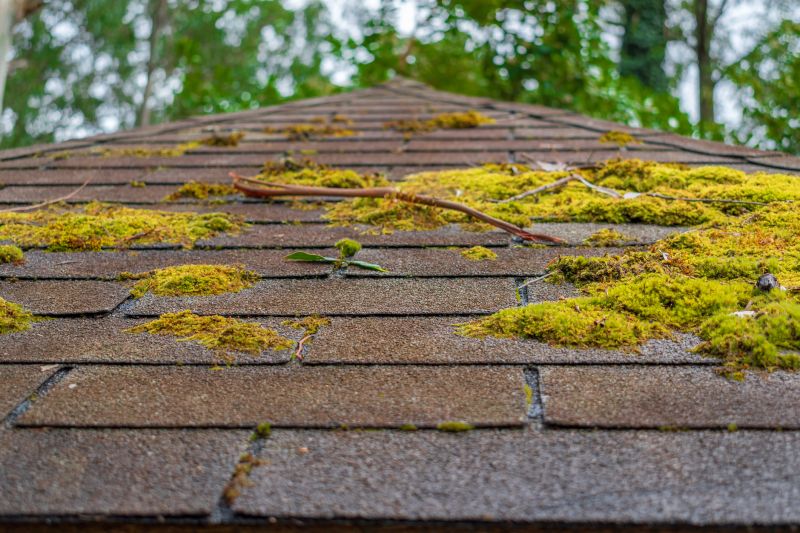
Spring offers optimal conditions for moss removal as moss is active but not yet deeply entrenched.

Late summer provides dry weather, making moss removal safer and more effective.

Fall can be suitable when moss is beginning to grow, allowing for preparation before winter.

Popular materials for Roof Moss Removals and why they hold up over time.

Simple add-ons that improve Roof Moss Removals without blowing the budget.

High-end options that actually feel worth it for Roof Moss Removals.
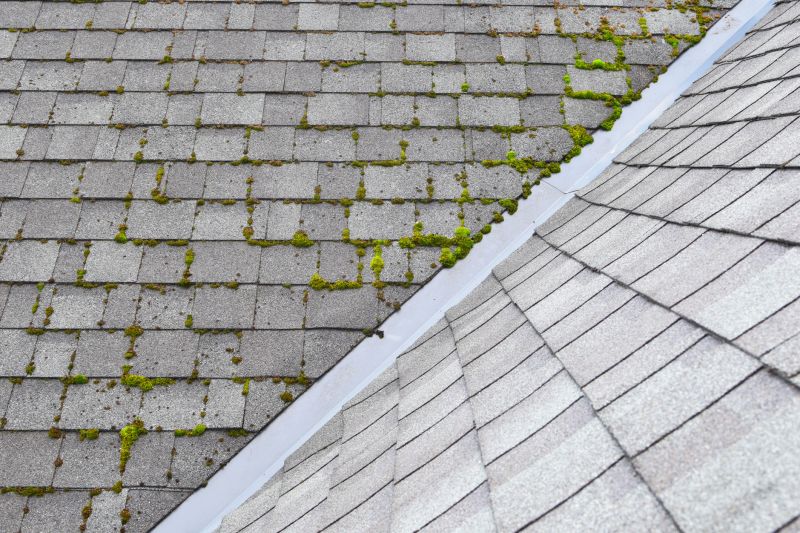
Finishes and colors that play nicely with Roof Moss Removals.
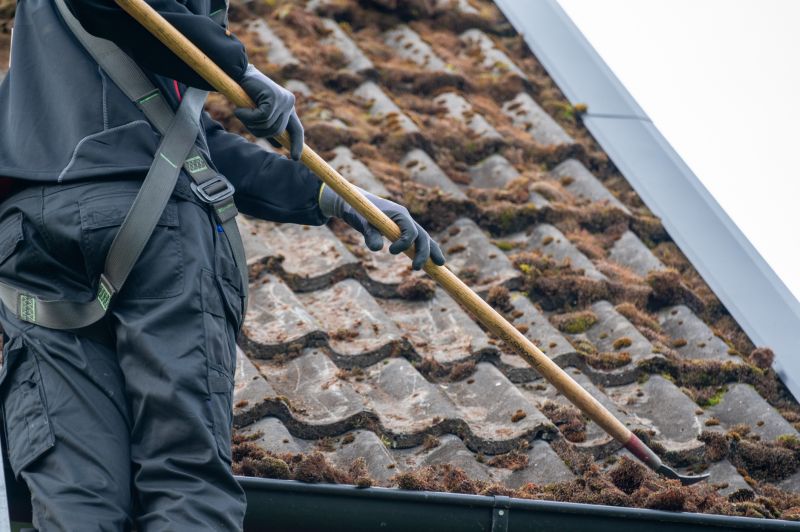
Little measurements that prevent headaches on Roof Moss Removals day.
Roof moss removal is a crucial maintenance task to prevent damage to roofing materials and maintain the integrity of the structure. Moss tends to thrive in moist, shaded environments and can cause shingles to lift, leading to leaks and structural issues. Regular removal can extend the lifespan of a roof by reducing moisture retention and preventing decay.
Statistics indicate that untreated moss can compromise roofing materials within a few years, especially in regions with high humidity or frequent rainfall. Proper timing of moss removal ensures that the process is most effective, reducing the need for costly repairs and replacements. Performing moss removal during optimal seasons minimizes the risk of re-growth and allows for better application of preventative treatments.
Moss growth peaks during damp, cool months and slows during dry, hot periods.
Removing moss during active growth periods yields better results and longer-lasting cleanliness.
Avoiding removal during rainy or extremely cold weather prevents safety hazards and ineffective cleaning.
Timely removal before winter reduces moisture retention and ice damage risk.
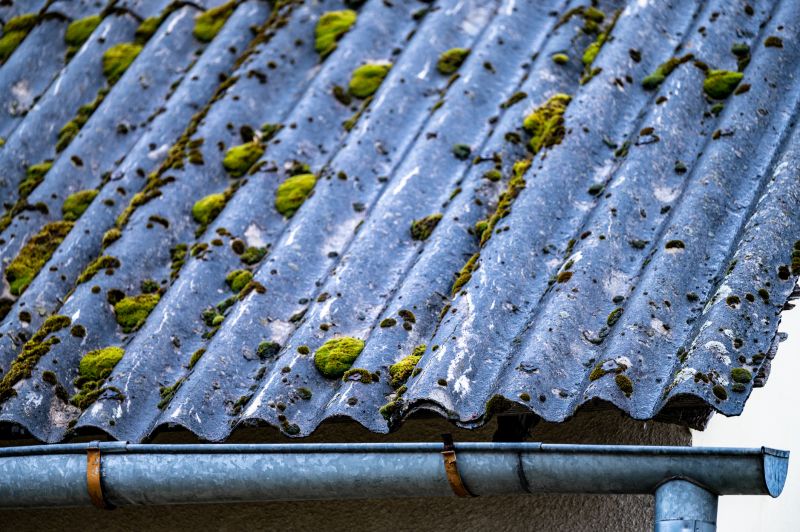
Specialized tools ensure safe and effective moss removal.
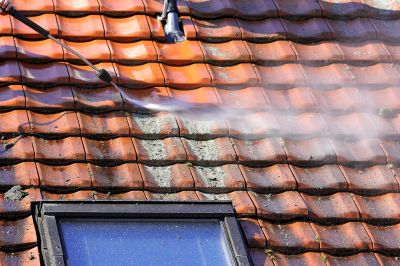
Professional methods include gentle scraping and chemical treatments.
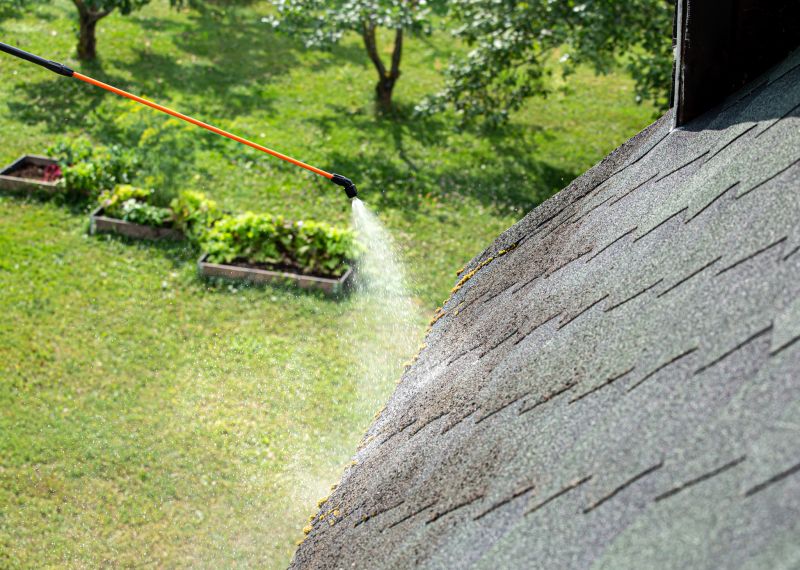
Applying preventative treatments reduces future moss growth.

Proper safety gear minimizes risks during moss removal procedures.

A 60-second routine that keeps Roof Moss Removals looking new.

A frequent mistake in Roof Moss Removals and how to dodge it.
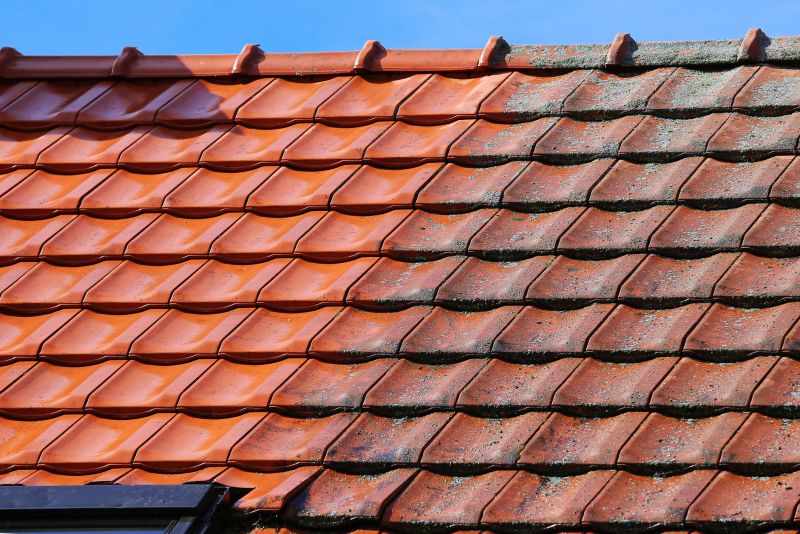
Small tweaks to make Roof Moss Removals safer and easier to use.
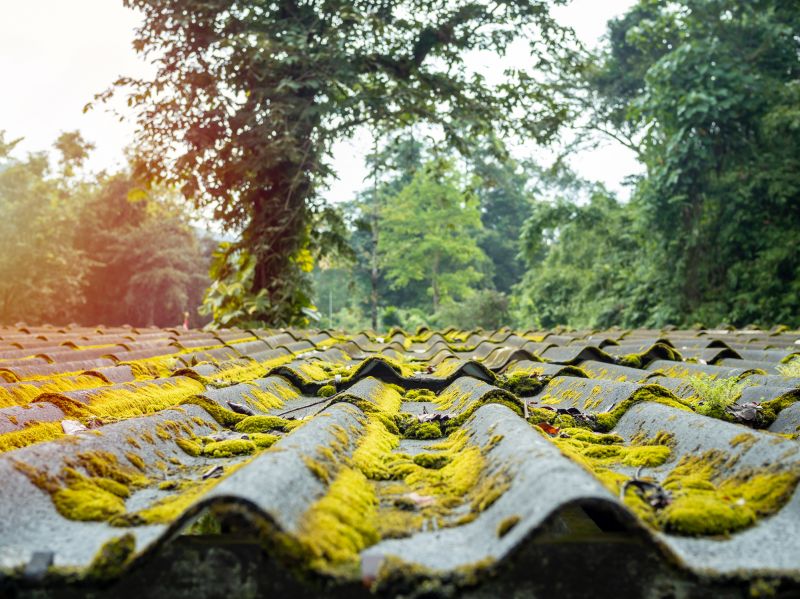
Lower-waste or water-saving choices for Roof Moss Removals.
| Season | Ideal Conditions |
|---|---|
| Spring | Moderate temperatures, increasing moss activity |
| Summer | Dry weather, low humidity |
| Fall | Cooler temperatures, moss begins to grow |
| Winter | Not recommended due to cold and ice |
Choosing the right time for roof moss removal maximizes effectiveness and minimizes potential damage. Spring and fall are generally considered the best seasons due to favorable weather conditions and moss growth cycles. Summer can also be suitable if the weather is dry, allowing for safer and more efficient cleaning. Winter removal is typically discouraged because of ice and snow, which pose safety hazards and reduce cleaning effectiveness.

Clear contrast shows the effectiveness of proper timing.

Regular inspections help identify optimal removal times.
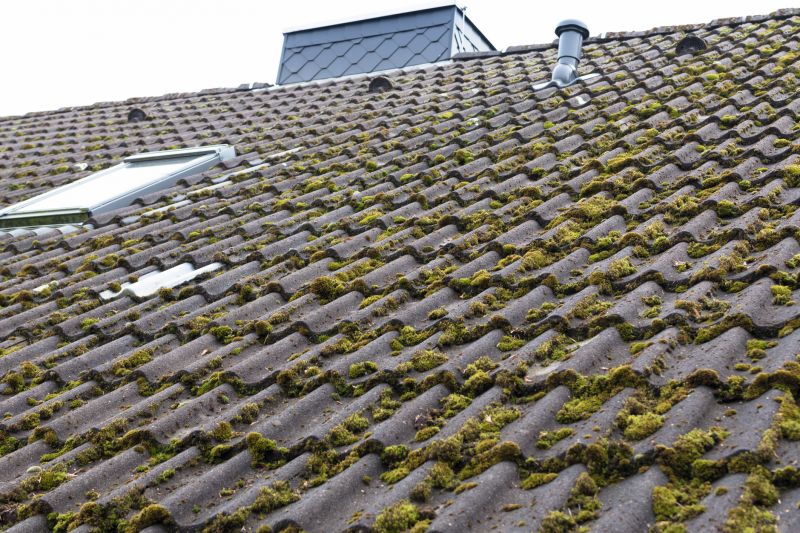
Scheduling around seasonal weather patterns ensures better outcomes.
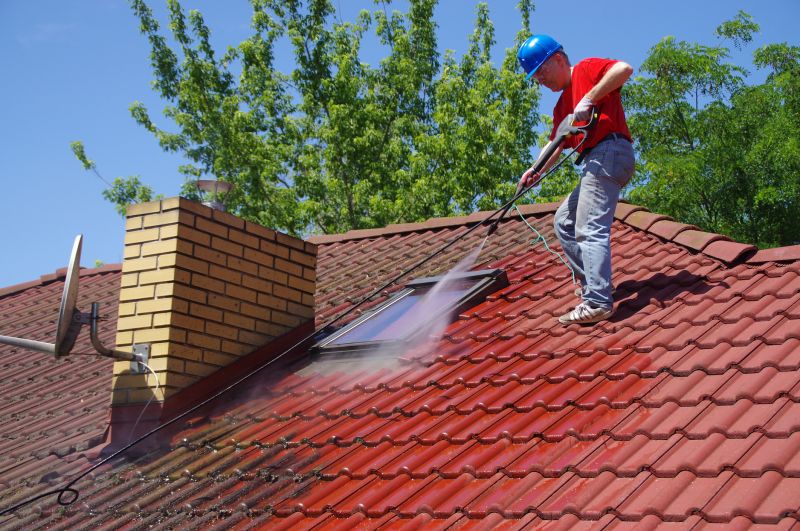
Proper tools improve safety and effectiveness.

The short, realistic tool list for quality Roof Moss Removals.

Rough timing from prep to clean-up for Roof Moss Removals.
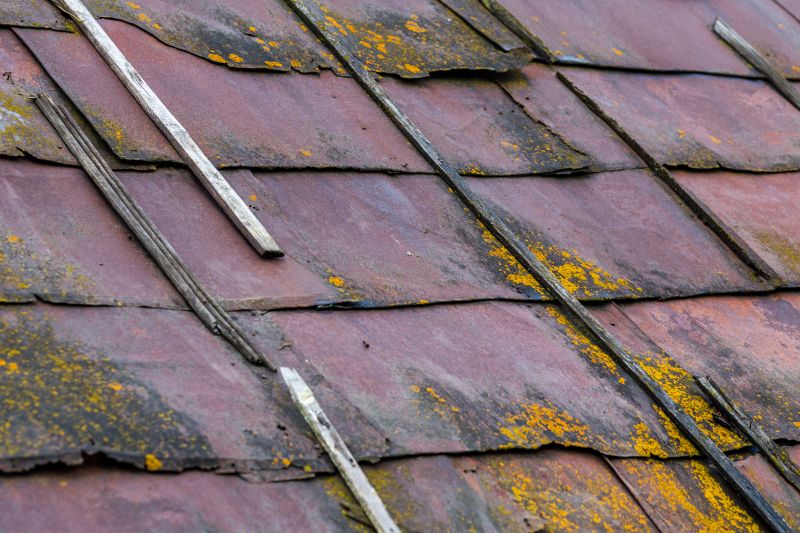
Quick checks and paperwork to keep after Roof Moss Removals.
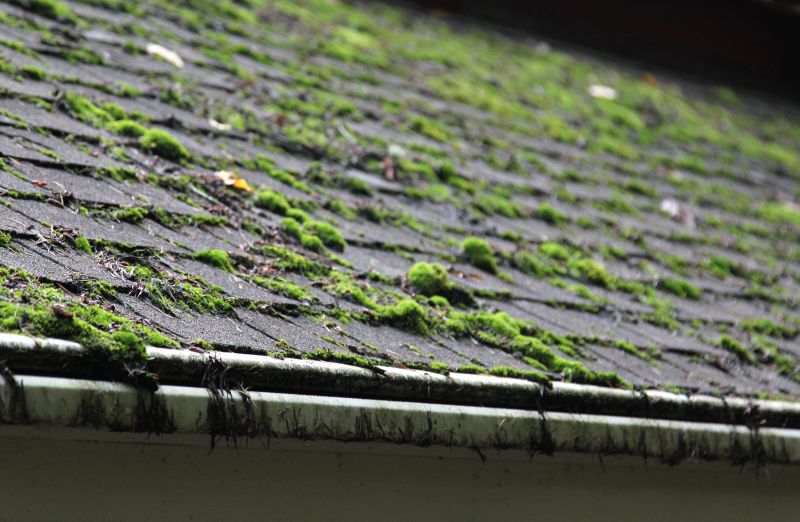
Examples that show the impact a good Roof Moss Removals can make.
Timely roof moss removal is essential for preserving roof integrity and avoiding costly repairs. It is advisable to plan maintenance during seasons with optimal weather conditions to ensure safety and effectiveness. Regular inspections and maintenance can help determine the best timing for moss removal, tailored to specific regional climates and roof types.
Interested in scheduling a roof moss removal? Filling out the contact form can provide the necessary information to plan a safe and effective cleaning at the most suitable time for the roof's specific needs.
